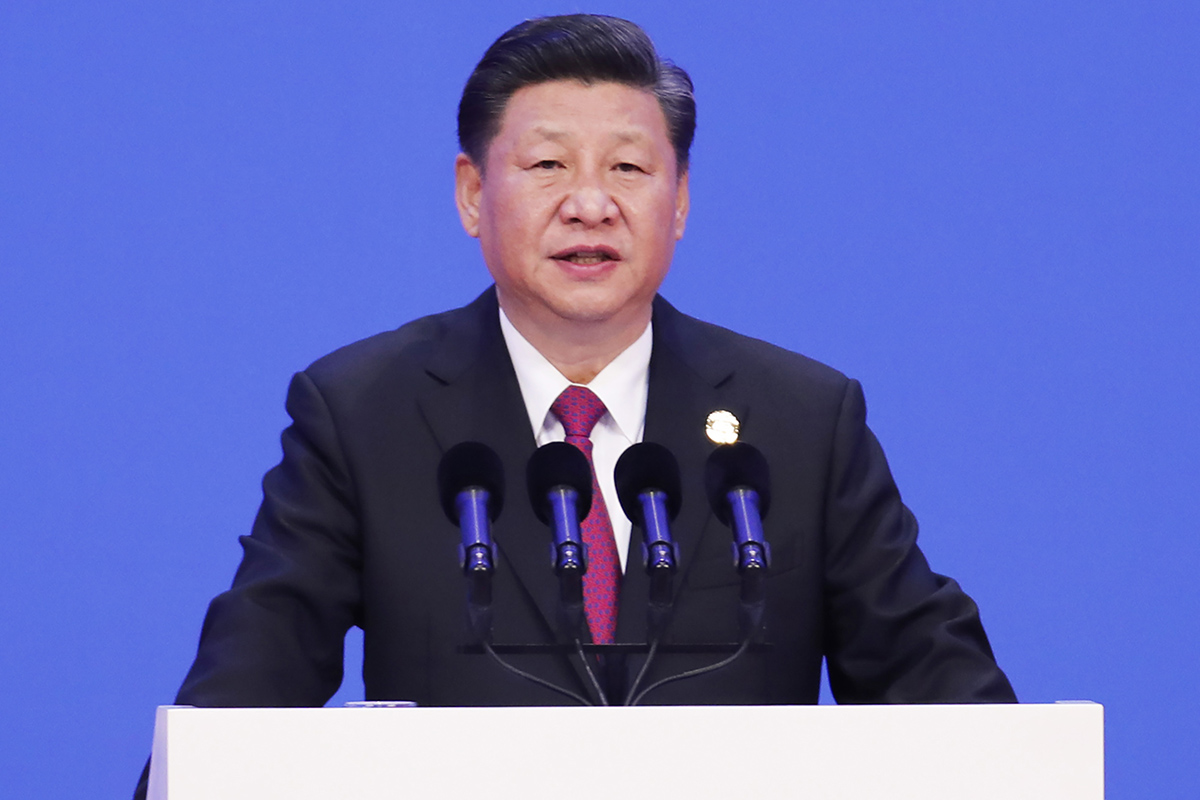China’s massive build program to recreate trade routes stretching from Asia to Africa and Europe is gaining momentum.
Since President Xi Jinping’s flagship Belt and Road project was announced about five years ago, it gave impetus to billions of dollars of Chinese investment – some of which were already in the pipeline for several years – to build railways, roads, ports and power plants.
Here’s a quick take on what Xi describes as the ‘project of the century’
The program isn’t without controversy: debt risk is rising, an influx of Chinese workers has fuelled tension with locals, and there are worries about China’s dominance in the region. And not all of the projects have succeeded.
“It’s been a mixed bag so far,” said Michael Kugelman, a senior associate for South Asia at the Woodrow Wilson Centre in Washington. “There have certainly been success stories, and there will be more of them too, but there have also been setbacks.”
With many projects in various stages of developments, measuring the success and potential benefits can be tricky. Here’s a list of projects that analysts who track China’s Belt and Road investments say will provide the most economic impact to countries by unlocking trade routes:
Myanmar’s Kyaukpyu Pipeline
The $1.5 billion oil pipeline that runs from Kyaukpyu to Kunming began operations last year, allowing crude supplies from the Middle East and Africa to reach China faster as shipments no longer need to be transported through the Straits of Malacca and the South China Sea. The pipeline is designed to carry 22 million tons of crude a year, representing about 5 percent of China’s annual oil imports. Talks are also ongoing about building a $7.3 billion deep-water port, which would be China’s largest investment in the Southeast Asian nation. Along with a natural gas pipeline, the project represents an alternative route for energy imports and an important access point for goods shipped via the Indian Ocean, said Andrew Small, a senior fellow at the German Marshall Fund of the United States, and author of “The China-Pakistan Axis.”
Pakistan’s Gwadar Port
Sharing a border with China, Pakistan has projects that are among the most developed of the Belt and Road Initiative. The Gwadar deep sea port and a 3,000-kilometre-long corridor of roads and railways links China with the Arabian Sea. Transshipment from the port has begun, giving China’s western Xinjiang province closer access to a port than Beijing. It’s located at the mouth of the Persian Gulf, just outside the Straits of Hormuz, near shipping routes that accommodate more than 17 million barrels of oil per day and a large quantity of bulk, break-bulk and containerized cargo. With China expected to increase oil imports from the Middle East, Gwadar is seen as a potential trade route, said Hasnain Malik, head of equities research at Exotix Capital in Dubai.
Asia Pacific Rail Links
China has a plan to connect Southeast Asian countries with the southwest region of Yunnan through a series of high-speed railways. There are three routes planned: a central one that runs through Laos, Thailand and Malaysia to reach Singapore; a western route through Myanmar; and an eastern one through Vietnam and Cambodia. Projects are at various stages of development, with construction on the Thailand and Laos legs already progressing. The plan represents some of the most important and high impact of China’s rail investments, said Small. In Indonesia, the $6 billion Jakarta-Bandung project is a flagship of President Joko Widodo’s infrastructure program and expected to cut the travel time between the two traffic-clogged cities to 40 minutes, from about three hours by car. The project has so far stalled because of disputes over land clearance.
Kenya Railways
China is replacing decrepit Colonial-era trains with new and faster ones in African countries from Ethiopia to Senegal. One of the key projects is the Standard Gauge Railway that links Kenya’s port city of Mombasa to landlocked neighbours including Rwanda and Uganda via a network of high speed lines. The $3.8 billion passenger and cargo link between Mombasa and Kenya’s capital Nairobi started last year. It cuts the journey time by about half to 5 hours, while also reducing the cost of transporting freight.
Pakistan’s Thar Coal
Pakistan is seeking to extract coal in the Thar desert at one of the world’s biggest known deposits of lignite, a lower-grade brown version of the fuel. The project includes the building of power plants to expand electricity capacity in a country that faces chronic shortages. The first phase, which will add 660 megawatts of power, will be completed next year and can be scaled to 5,000 megawatts to make it the largest cluster of electricity production in Pakistan. – Bloomberg
